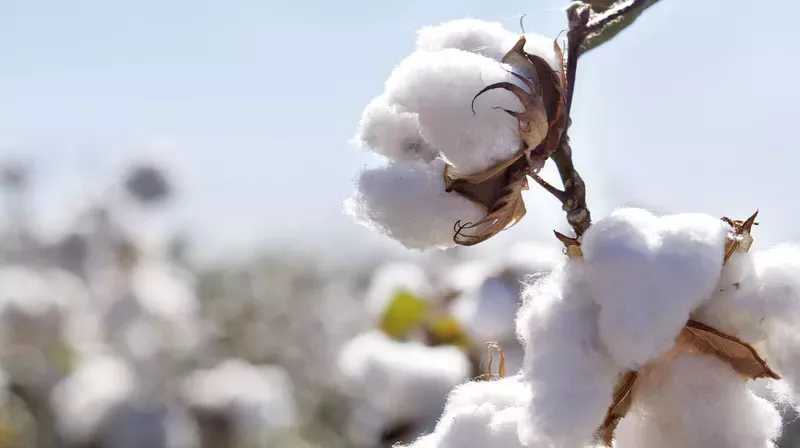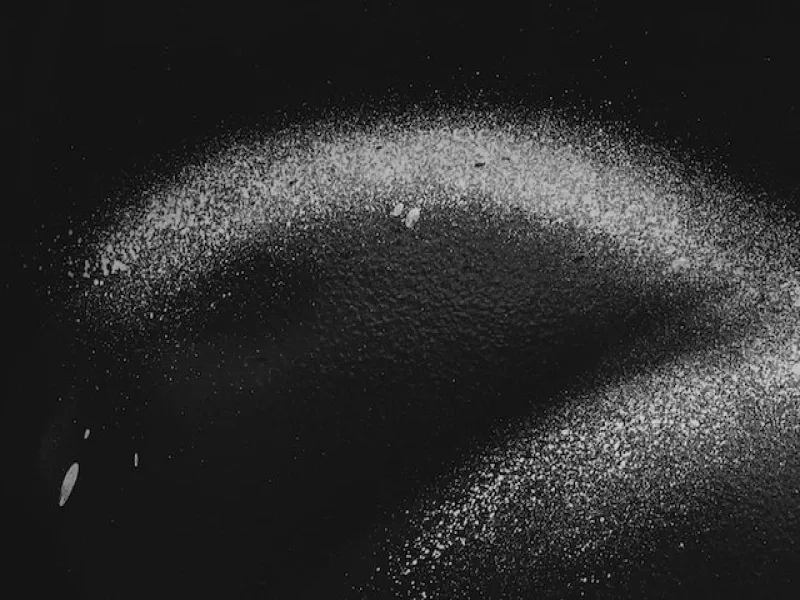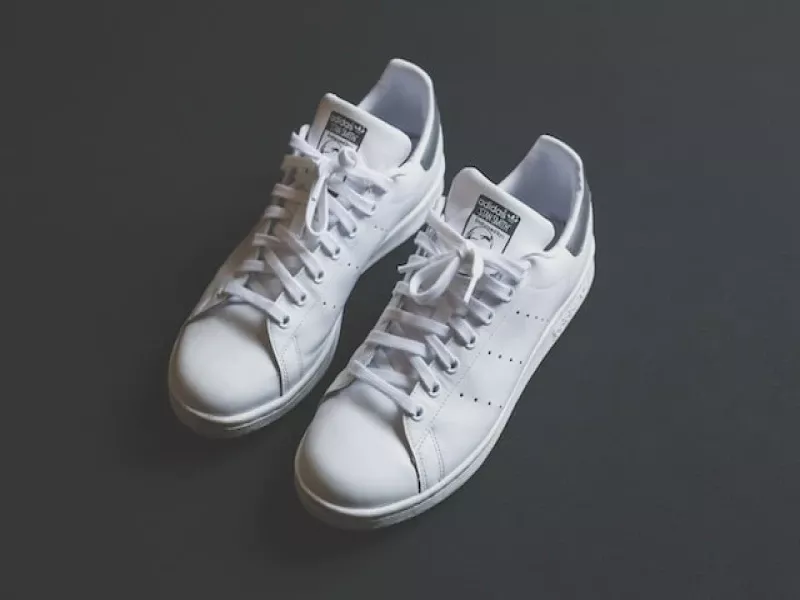
These are the differences between cotton and bamboo clothing
Are you looking for not only the most comfortable choice, but also the most environmentally friendly? In this blog, we compare clothing made of cotton with clothing made of bamboo. We will do this based on several determining factors. Among other things, we will talk about the wearing comfort as well as the environmental friendliness of the production process. By the end of this blog you will know exactly what the best, most conscious choice is for yourself and for nature. Read on to learn more about cotton and bamboo clothing.
You are looking for the perfect material for your clothes. For example because you really like soft clothing or because you are looking for materials that make you sweat less. You may also be looking for environmentally friendly options. Or maybe you're just curious about exactly where this new hype of bamboo clothing comes from and why you should join in. Whatever the reason may be, you've come to this blog; you're interested in finding out how to make an informed choice for yourself (and maybe nature, too). In this blog you will find everything there is to know about cotton and bamboo clothing: from pros and cons of wearing it to exactly how the production process works.
Quality - comfort
The first item on our list with which we are going to compare is quality. In this case, this is determined by specifically the comfort of wearing. We do this based on a number of characteristics, such as the softness of the fabric but also the degree of breathability and stretchiness, among others. Of the two fabrics, we assume 100% cotton and 100% bamboo to arrive at the most honest answers.
Cotton
Cotton is a light, soft but strong fabric. It is made of a natural fiber so the fabric also contains good breathability qualities. Therefore, in summer it is always recommended to wear shirts made of cotton to avoid sweating due to hot temperatures. Also, it has good moisture absorbing properties and does not become static easily. To buy a cotton garment of the highest possible quality make sure that it is not mixed with synthetic fabrics. This is because synthetic fabrics do not breathe or breathe less and feel warmer. Cotton concerns an affordable fabric which makes it very popular and widely sold. One disadvantage of cotton is that it contains little stretch; this is a characteristic of most natural fibers. In addition, unlike bamboo, cotton does not contain the same antibacterial properties.
Bamboo
Actually, bamboo does everything cotton does, but in a number of areas it does it better. Bamboo absorbs moisture up to four times better than cotton and breathes better. This keeps your clothes fresher for longer. In addition, the fabric feels even softer, smoother and stronger. Bamboo clothing is more supple and contains more elasticity than cotton clothing. Bamboo fibers also possess antibacterial properties. This makes wearing bamboo clothing very suitable for those of us with sensitive skin. In particular, people with skin conditions such as eczema benefit the most. Also, bamboo is anti-static; no one likes to be shocked when reaching for the fridge.
Quality - appearance
Next we will compare the quality of fabrics in terms of appearance. Here you will read in what ways cotton and bamboo differ from each other based on various factors such as creasing, color retention and pilling (lint). What do the fabrics look like and how long do they last over time in relation to each other?
Cotton
You can expect to enjoy cotton clothing for a long time. However, after a while you will notice that the fabric starts to fluff. This is called pilling. If you take good care of your clothes, for example by choosing to air dry them often, you will keep them beautiful for longer.
Cotton clothing is also fairly susceptible to wrinkling and shrinking. You should therefore never wash cotton clothes too hot. One important advantage of cotton over other fabrics is that it retains its color well. Cotton fibers are rigid and sturdy, which means that color adheres well to them. Because of this, however, it contains little shine.
Bamboo
Clothing made of bamboo can be recognized by its luxurious appearance. The fabric contains more shine than cotton and is also a lot less susceptible to creases. Like cotton, bamboo fibers retain their given color well. Moreover, because of its smooth and round fibers, cotton clothing is much less prone to pilling. Bamboo is a more expensive fabric, but you will enjoy it for a long time.
Environmental friendliness
Finally, we would like to compare the environmental friendliness of the production processes. For both materials, there is no CO2-neutral manufacturing (yet). However, there is a significant difference between the necessities for cultivation such as the amount of water and chemicals used. Read on and discover the differences in the production processes of the materials: both have their own advantages and disadvantages.
Production process of (organic) cotton
The usual production methods used in growing and processing cotton are very harmful to nature. Therefore, nowadays there are companies that are committed to producing cotton in a more environmentally friendly way. This is called organic cotton and means that the production methods used are of an environmentally, economically and socially sustainable nature. This includes the use of synthetic pesticides and fertilizers, artificial ingredients, antibiotics, genetic modifications and irradiation.
However, cotton, in general, is still far from being produced organically. In fact, more often not than not. What exactly makes cotton production so polluting? That is because of all the resources that are required. One kilogram of cotton requires approximately 10,000 liters of water, so one shirt requires 2,500 liters of water. In addition, a quarter of all insecticides in the world are used to grow (non-organic) cotton. Harmful chemicals are also often used for dyeing the fabric. So whether you choose "regular cotton" or organic cotton makes a lot of difference to nature.
Production process of bamboo clothing
Bamboo is the fastest growing plant in the world: it can grow as much as one meter per day. It is easy to grow because bamboo really only needs a lot of sunlight. Replanting bamboo is not necessary because it grows through a root system. Because of this, a bamboo forest recovers quickly after a harvest. You can also grow much more bamboo per square meter than cotton. This reduces the need for deforestation. In addition, no insecticides, pesticides or fertilizers are required so these are generally used little to none. Bamboo is not picky so it can grow in many different places. In addition, bamboo helps combat the greenhouse effect because it is even better than ordinary trees at absorbing CO2 from the air.
This all sounds wonderful, but there is one catch. To turn bamboo into a soft textile, a chemical process is often used. This is called the viscose process and is designed to loosen the fibers. In this process, the bamboo is placed in a bath of chemicals after which the fibers can be made into textiles. However, work is underway to find alternatives to the viscose process. For example, there are clothing brands that use less harmful chemicals within a closed manufacturing process. This means that the chemicals are always reused so that they do not end up in nature. Also, some factories are already using natural enzymes instead of chemicals. So when it comes to bamboo clothing, you have to pay attention to where you buy it if you want a truly eco-friendly product. In any case, bamboo is guaranteed to be more ecological than "regular" - i.e. not organic - cotton.
Read more
Curious about more fashion tips? Check out our other blogs!
- The history of sneakers
- How to care for your jeans
- Ankle boots for women for every day
- How to polish your shoes the right way
- How to combine flat shoes with a dress of skirt
- How to pair boots with a dress
- 10 helpful tips against sweating
Get inspired, compare and purchase clothes and shoes safely and easily online at Dressed.com.
These are the 7 most sustainable clothing materials









